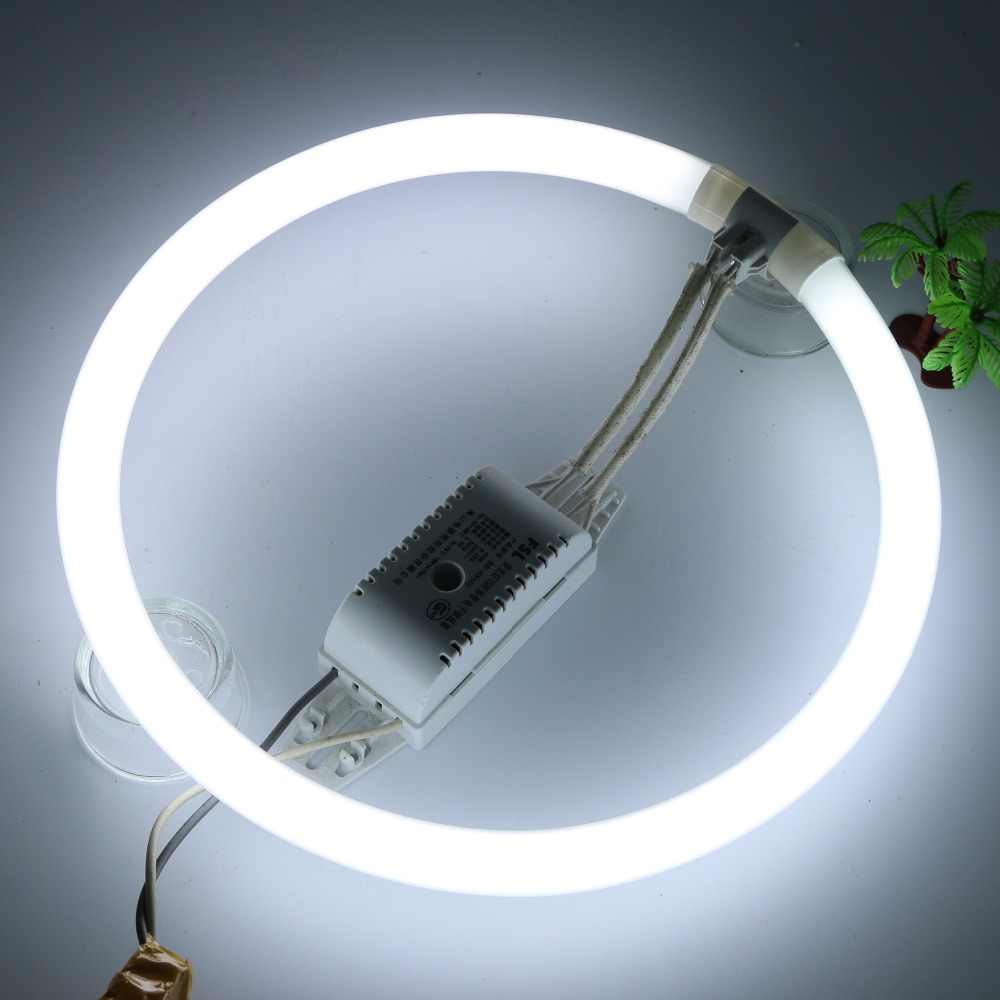“I'm ordering a variety of plasma lamps from the internet this week,” says Edwin Devid. With the plasma lamps, a kind of very efficient tube lights, Devid can start his project in spite of the covid-19 lockdown. “I will take them apart and analyse all of their components. We will then use these data to design a reactor based on the lamp components and we will set up the first simulations.”
Lamp turns reactor
Devid's research interests are focused on sustainable technologies using solar and wind energy to produce renewable chemicals and fuels. One of the ways to do that is to split CO2 into useful molecules such as CO and oxygen. However, CO2 is a hard headed molecule that requires a large amount of energy to break apart. Traditionally this is done using heat, but using a plasma (which is a partially ionized 'hot' gas) to break a CO2 molecule is potentially much more efficient, says Devid.
Plasma is a specialty at DIFFER, yet Devid's idea is innovative. Using the technology from a plasma lamp and turning it into a reactor has never been done, he says. “Plasma lamps are well known in the lighting industry. It is a fully developed technology, with cheap components and efficient conversion of electricity. We want to put these advantages to use in a reactor.”
No loss of energy
In a plasma lamp, a plasma capable of splitting CO2 molecules is created by what is essentially a transformer. A transformer is capable of transferring electrical energy by induction from one circuit (for example a coil) to another without any losses. In a plasma lamp, two coils around the quartz tube form the first circuit, the quartz tube with the gas is the second circuit.
Using a simple radio frequency generator, a magnetic field is created around the first circuit. This induces an electromagnetic field in the tube, heating the gas and turning it into a plasma virtually without loss. “The power efficiency of plasma lamps is around 90%,” says Devid. This means that 90% of its electrical energy is converted into light. As a comparison: a led light loses half of its energy in heat, only 50% is converted into light.
The question whether this translates into an efficient reactor is part of the project, says Devid: “We need to know the conversion of the chemicals into products, before we can calculate the energy efficiency of the reactor for a given process.”
Directing the field
An important part of the plasma lamp are the ferrite cores surrounding the coils. These magnetic materials serve to direct the magnetic field into the quartz tube, preventing leakage of electromagnetic fields. “This is one of the features of the lamps that we will put to use in our reactor,” says Devid.
The plasma in the lamps is relatively cold, up to several tens °C as opposed to hot plasma in, for example, a fusion reactor where the temperature is above 10000 °C. “This ensures it is easy to make small, safe reactors that do not produce and lose a lot of heat,” says Devid.
Challenges
In order to convert a lamp into a reactor, Devid will first run a number of simulations. He will investigate how to add CO2 into the tube, at what flow rates, and how to remove the products on the other side. Secondly, there is usually not a lot of gas present in a plasma lamp, up to 3 mbar. “Ideally, we would like to use ambient pressure of 1000 mbar to obtain more product. We will investigate at which pressures we can still make a plasma.” Based on these results, Devid and his colleagues will build a prototype.
Ultimately, Devid sees more applications than just converting CO2. “Plasma reactors can also be used to split nitrogen into components for fertilizer, or to split water vapours into hydrogen for fuel. Next year, I hope I have proven the feasibility and efficiency of this plasma reactor. The next step is to find a partner for the development of a larger scale demo model.”
This news article was published by DIFFER on 3 Dec 2020.
